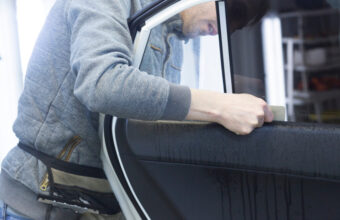Window tint laws vary by state in the United States, and the allowable tint darkness levels (measured as Visible Light Transmission percentage, or VLT) are regulated differently in each state. However, it’s important to note that the darkest legal tint varies depending on the specific regulations of each state.
States with warmer climates and higher levels of sunlight exposure may have more lenient tint laws compared to states with cooler climates. Some states may allow darker tint on rear windows or backseat windows compared to front windows for safety reasons.
It’s crucial to research and understand the window tint laws specific to your state before having window tint installed on your vehicle. Violating tint laws can result in fines, penalties, and the requirement to remove or replace the tint to comply with legal requirements.
For the most accurate and up-to-date information on window tint laws in your state, you can consult your state’s Department of Motor Vehicles (DMV) or law enforcement agencies. They can provide detailed information on the allowable tint darkness levels and any other tint-related regulations applicable to your area.






